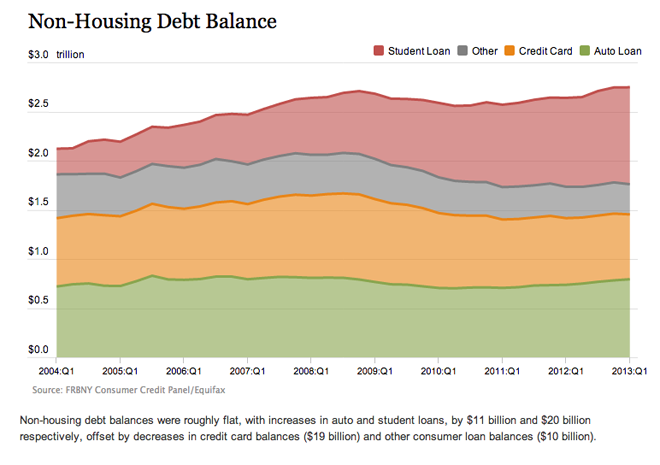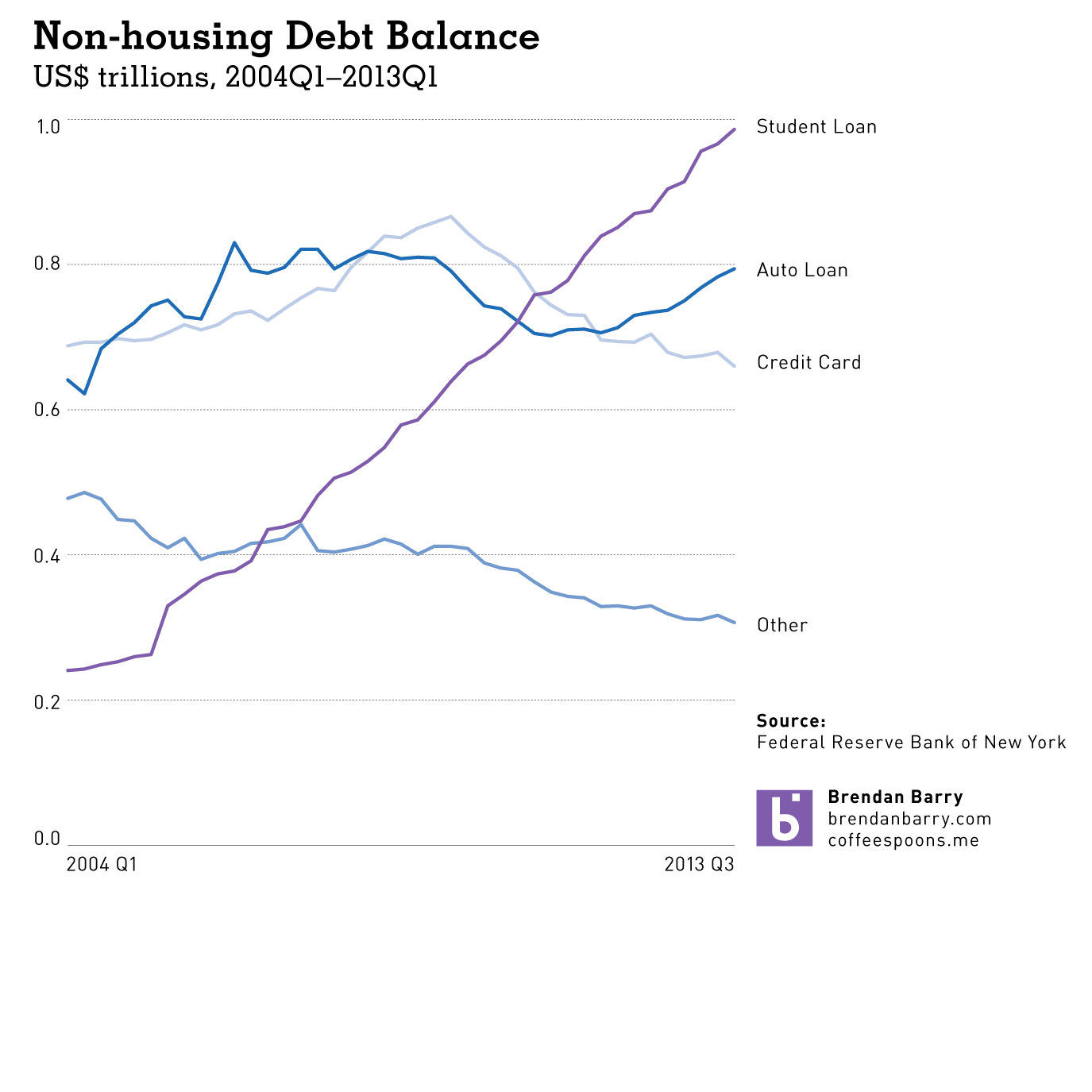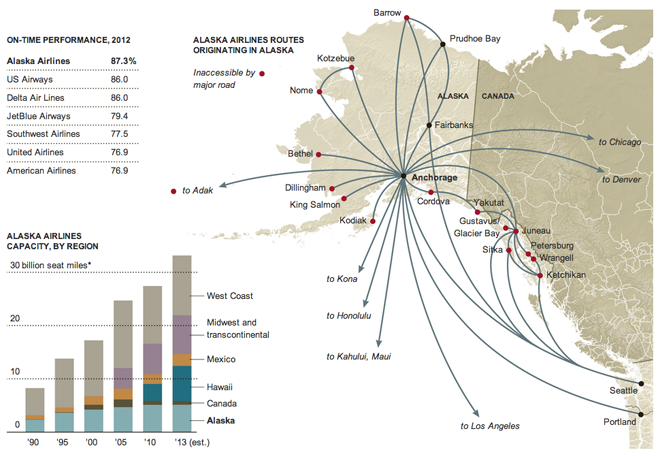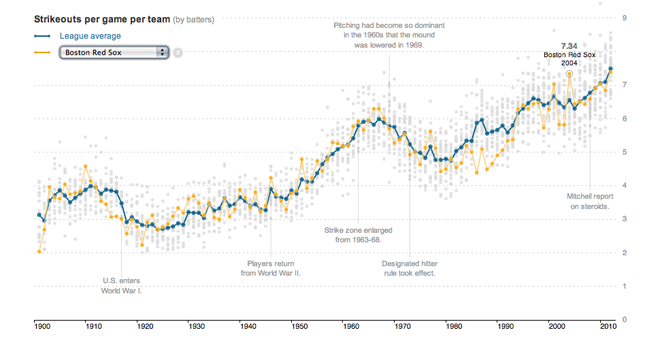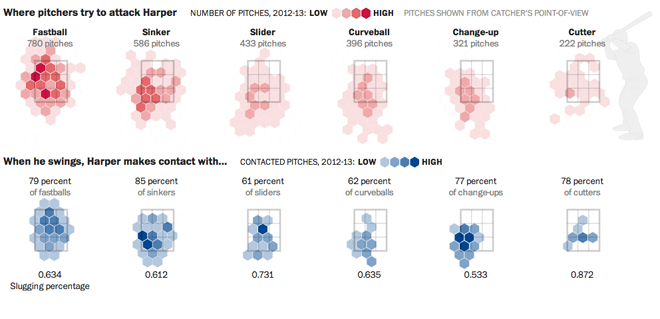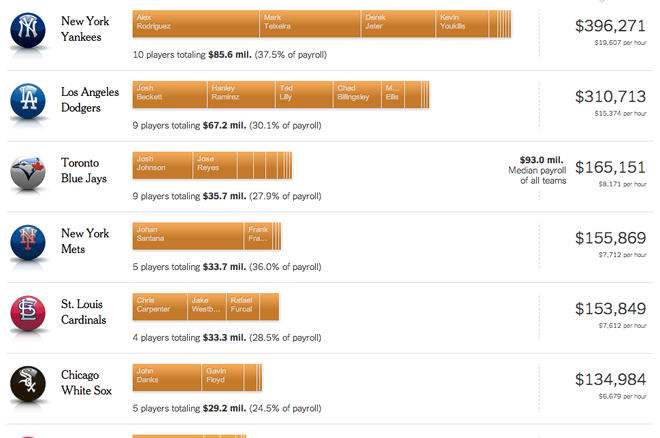I’m not a coffee guy. I drink tea. At most I have one or two espresso drinks per year. But up in Boston, they have been looking this week at coffee preferences. The question is which is your coffee spot? Dunkin Donuts (from Massachusetts) or Starbucks (from Washington)? Northeast or Pacific Northwest? In a piece that reminds me of the New York Times’ Wawa vs. Sheetz graphic, the Boston Globe plotted the locations of the two national coffee chains. This interactive piece allows you to toggle between dots for Dunkin Donuts (orange, naturally) and Starbucks (green, of course).
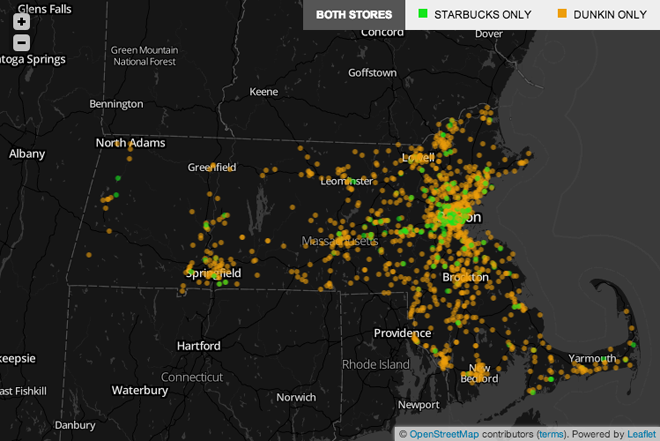
They complemented the Massachusetts-focused piece with a longer article that looked at the national distribution.

Credit for the piece goes to Alvin Chang and Matt Carroll.







